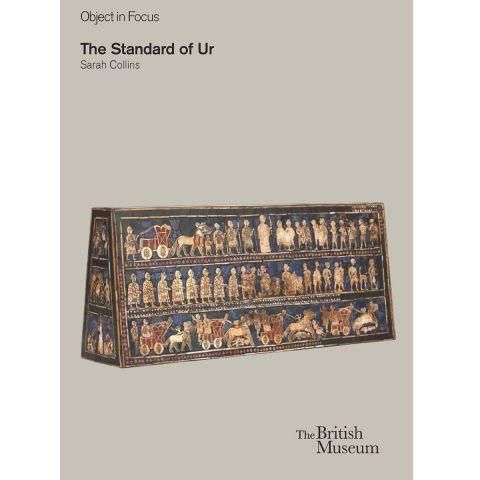Visiting the gallery
Opening times
Daily: 10.00–17.00 (Fridays: 20.30)
See full opening hours
Advance booking advised
Gallery audio guides
Listen on the Audio app, available on the App Store and Google Play.
Mesopotamia is important because it witnessed crucial advancements in the development of human civilisation between 6000–1550 BC.
The word 'mesopotamia' comes from the ancient words 'meso', which means 'middle', and 'potamos', which means 'river or stream'. Mesopotamia is the land between the Tigris and Euphrates rivers (now Iraq, north-east Syria and part of south-east Turkey). Taking advantage of its location between the rivers, Mesopotamia saw small agricultural settlements develop into large cities.
Objects on display in Room 56 illustrate economic success based on agriculture, the invention of writing, developments in technology and artistry, and other achievements of the Sumerians, Akkadians and Babylonians who lived in Mesopotamia at this time.
Objects found at the Royal Cemetery at Ur in southern Iraq are of particular importance, including tombs, skeletons, jewellery, pottery and musical instruments that were excavated on behalf of the British Museum and the University of Pennsylvania Museum of Archaeology and Anthropology.
Take a virtual tour
Explore the gallery using Google Street View and see if you can find the famous Standard of Ur.
Accessibility
- Some objects in this collection feature on the British Sign Language multimedia guide. This resource is temporarily unavailable. You can access a selection of BSL films on your own device.
- Some objects in this collection feature on the audio description guide, available on Soundcloud.
- Seating is available.
- Step-free access.
- View sensory map.
Visit Accessibility at the Museum for more information.








